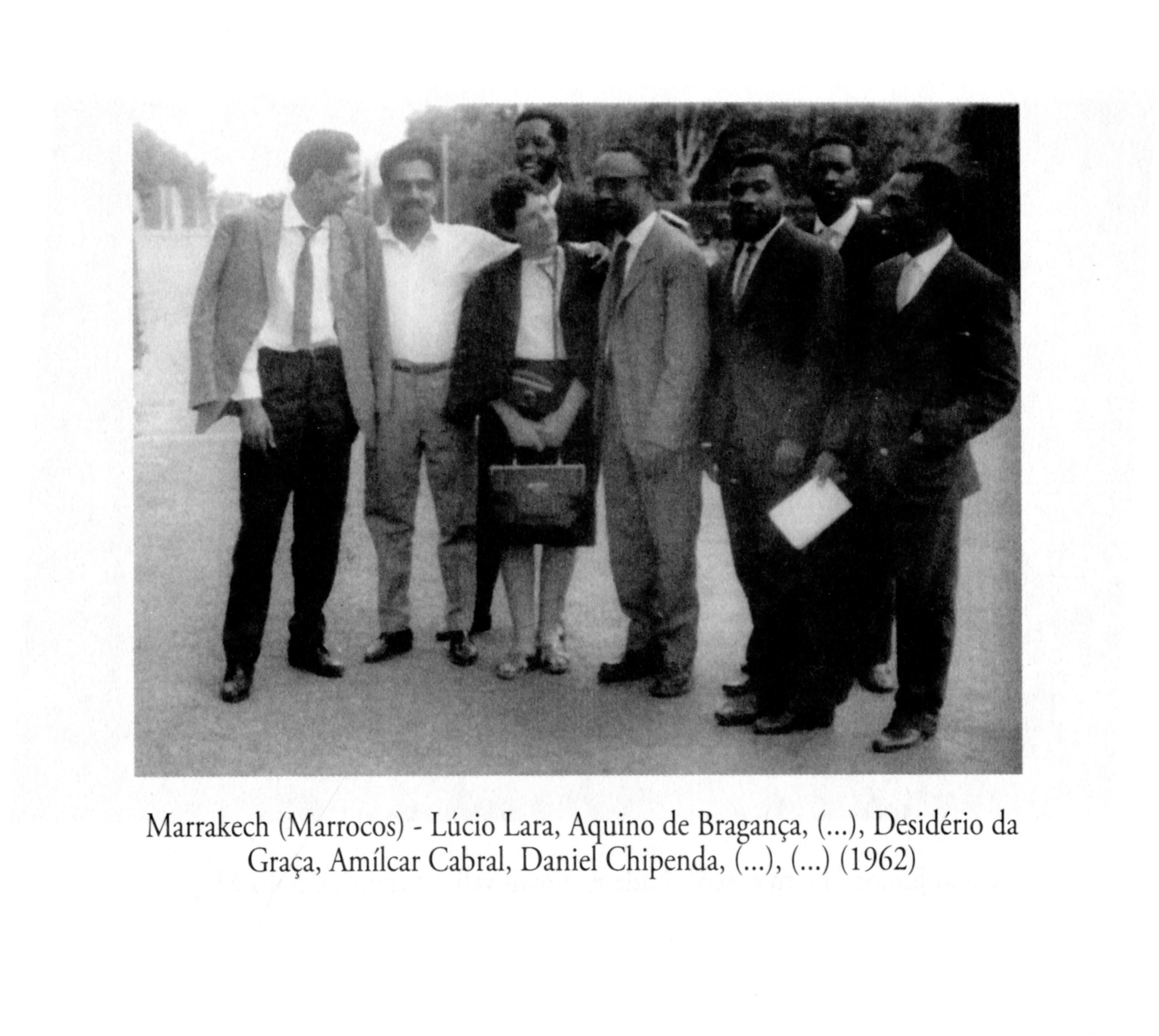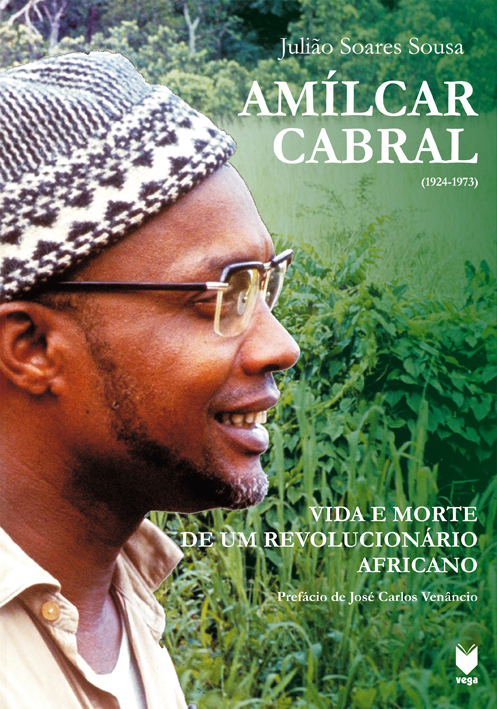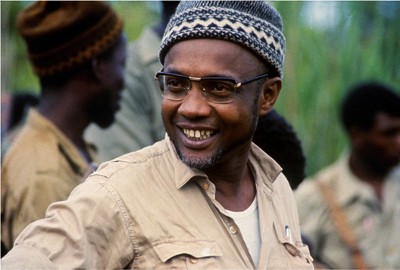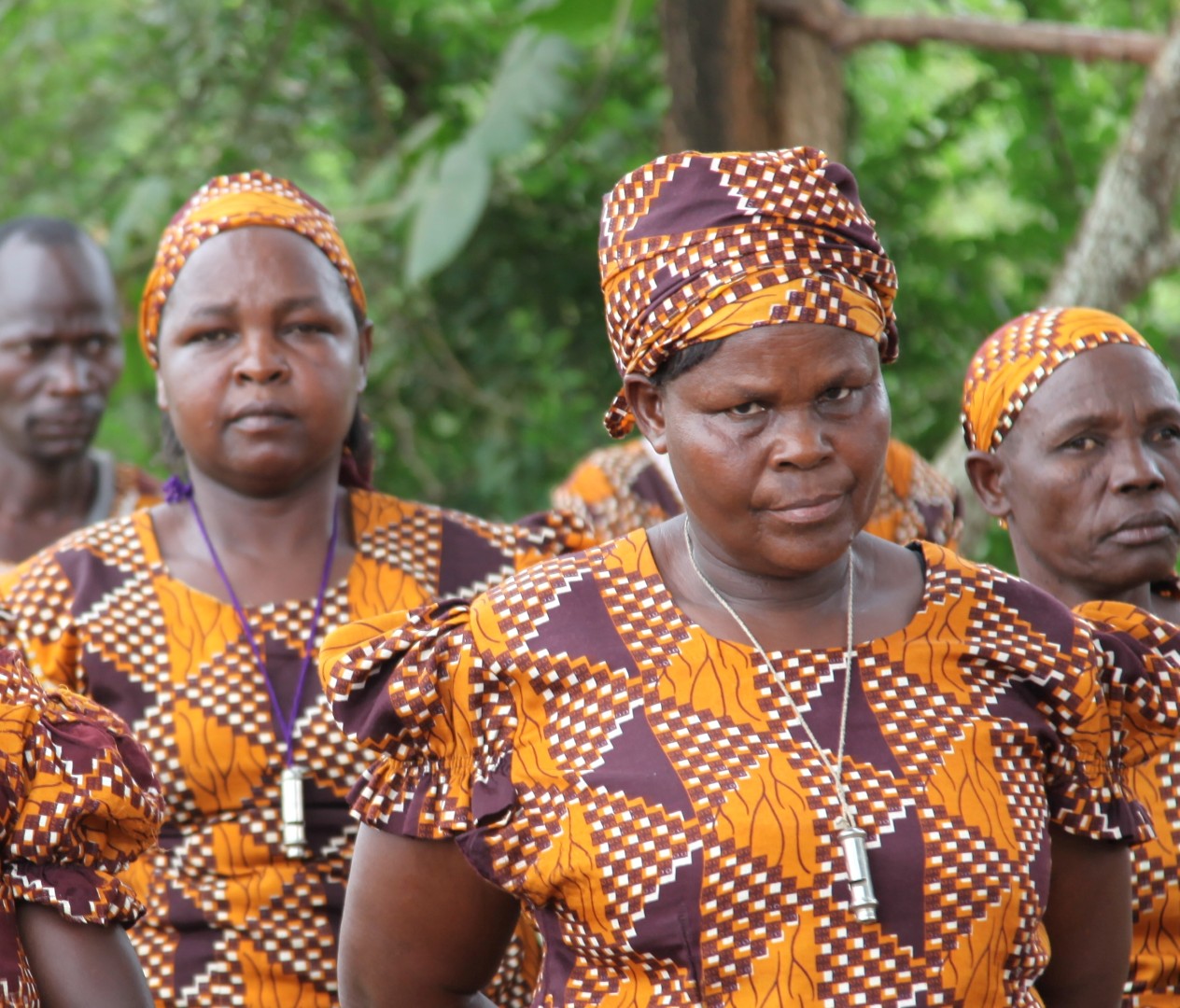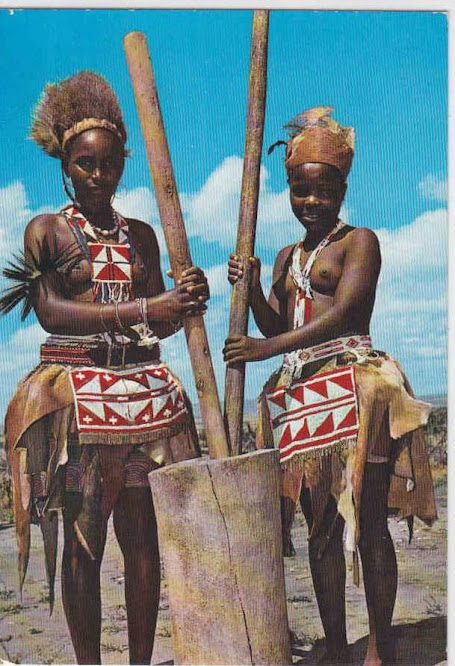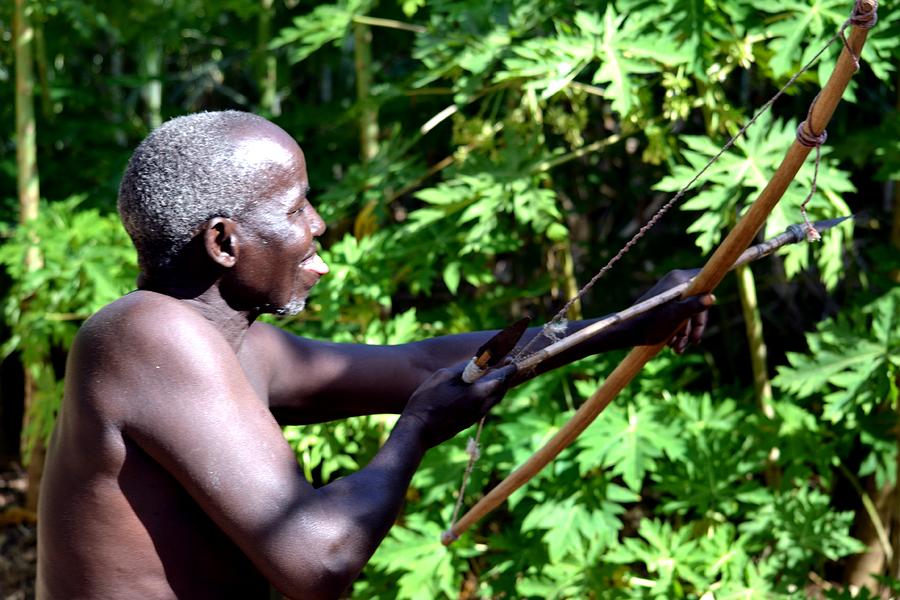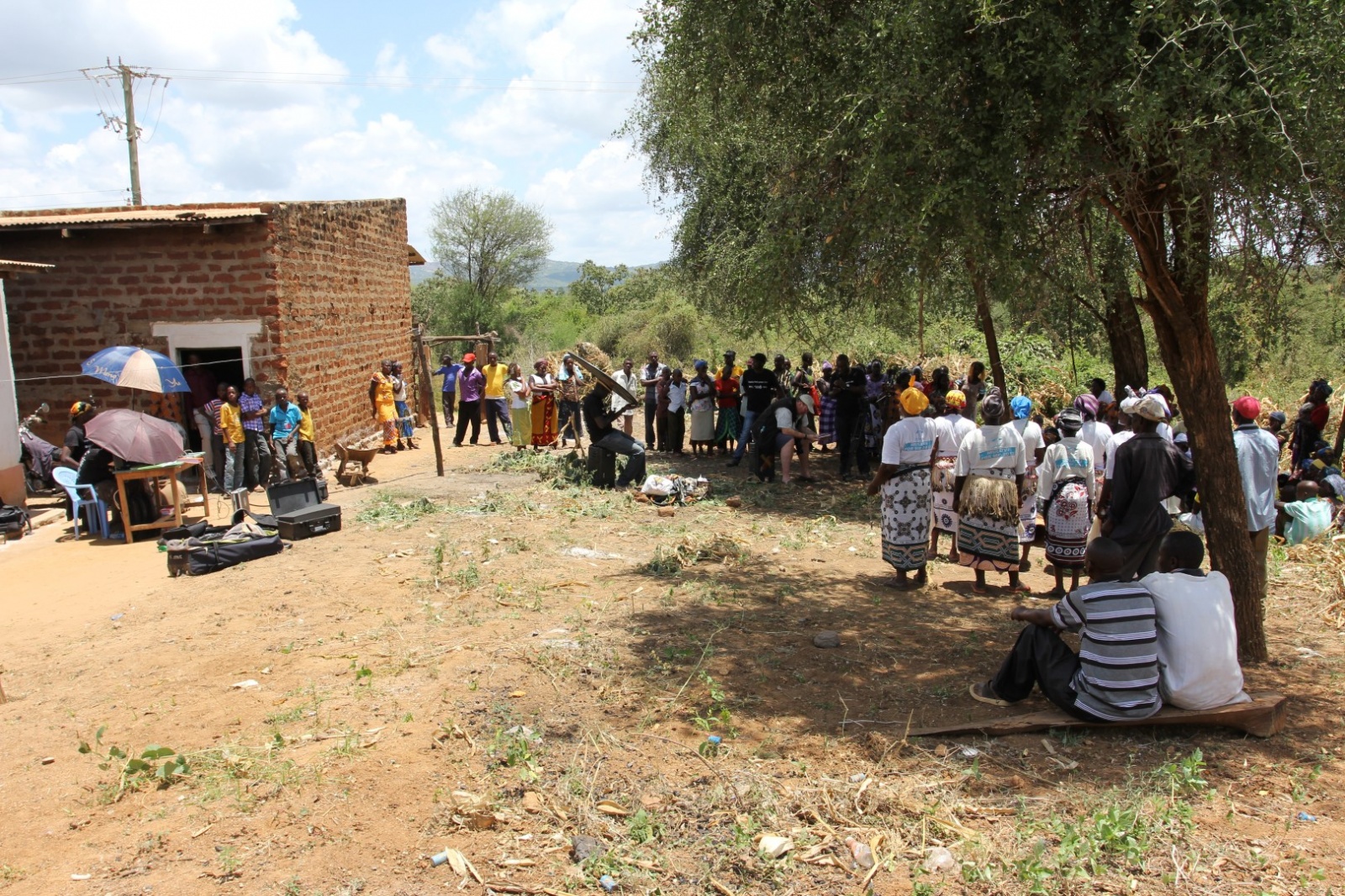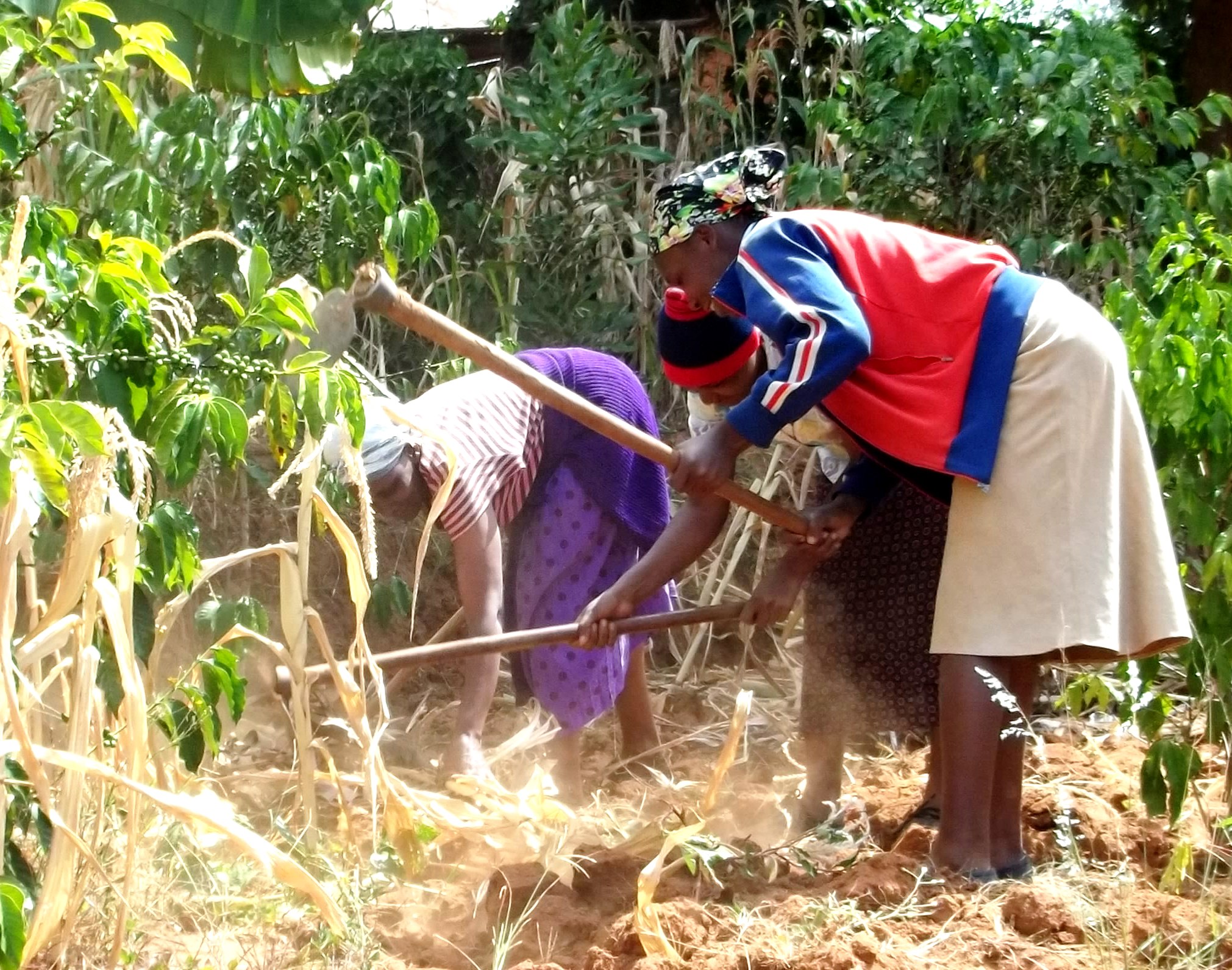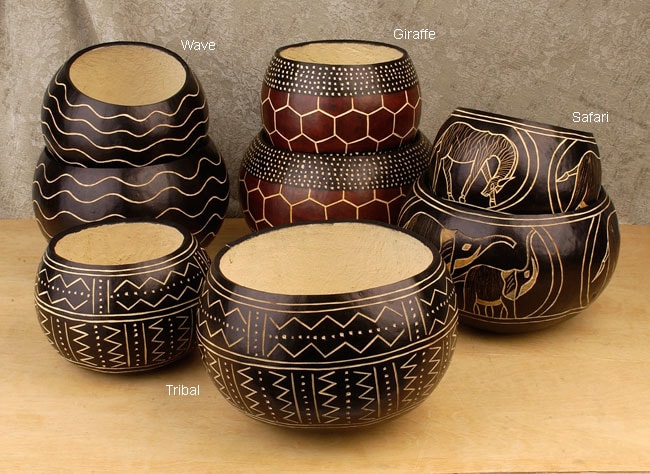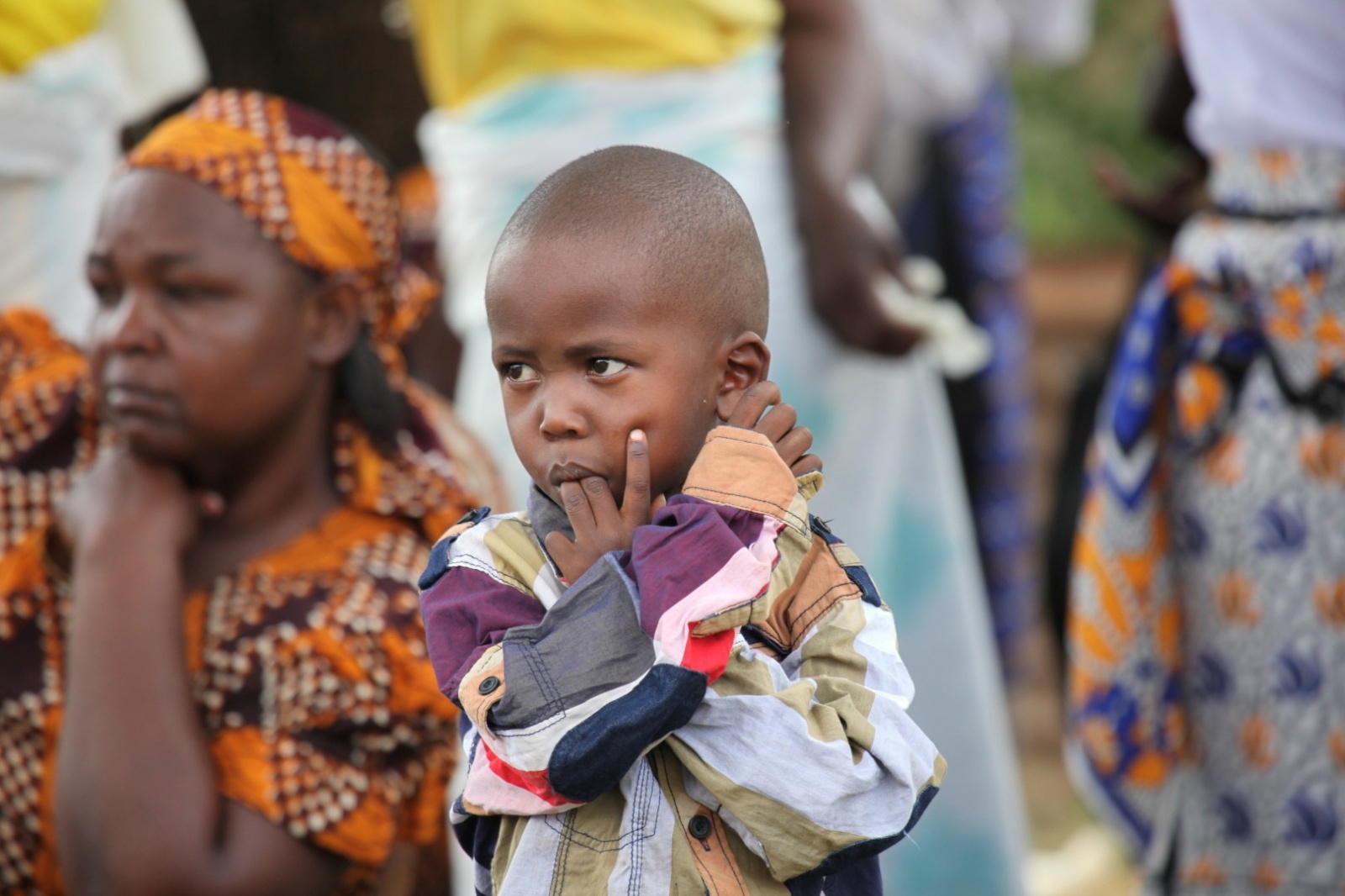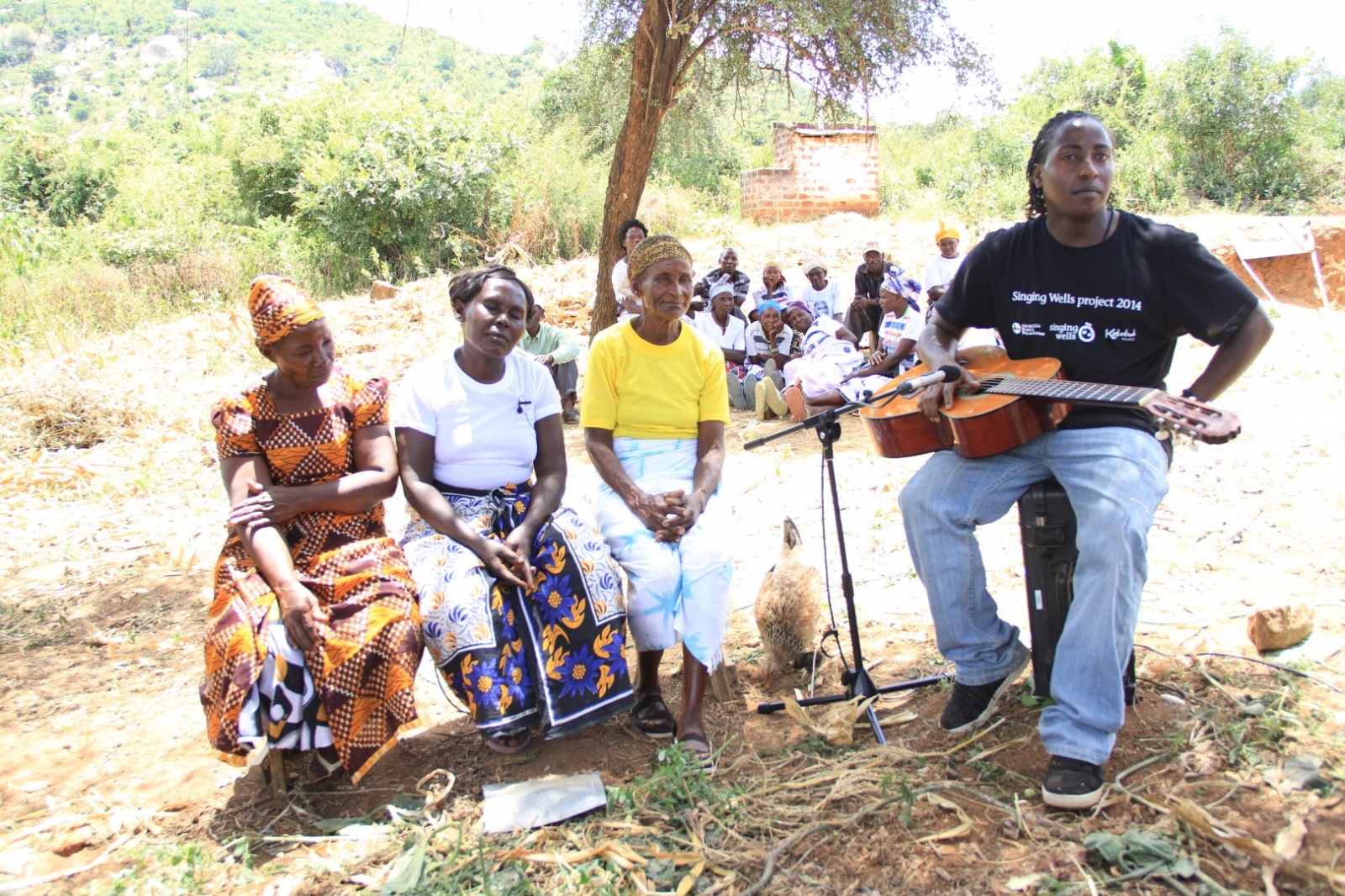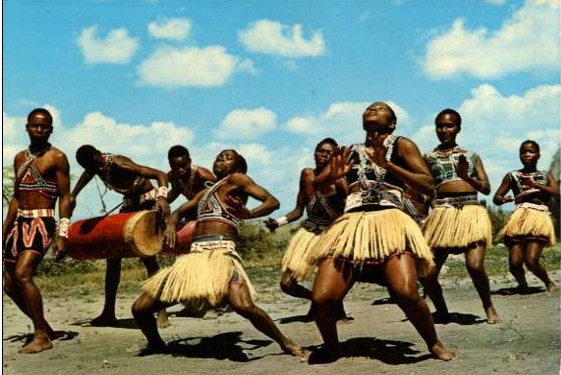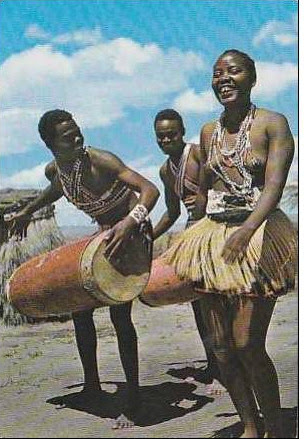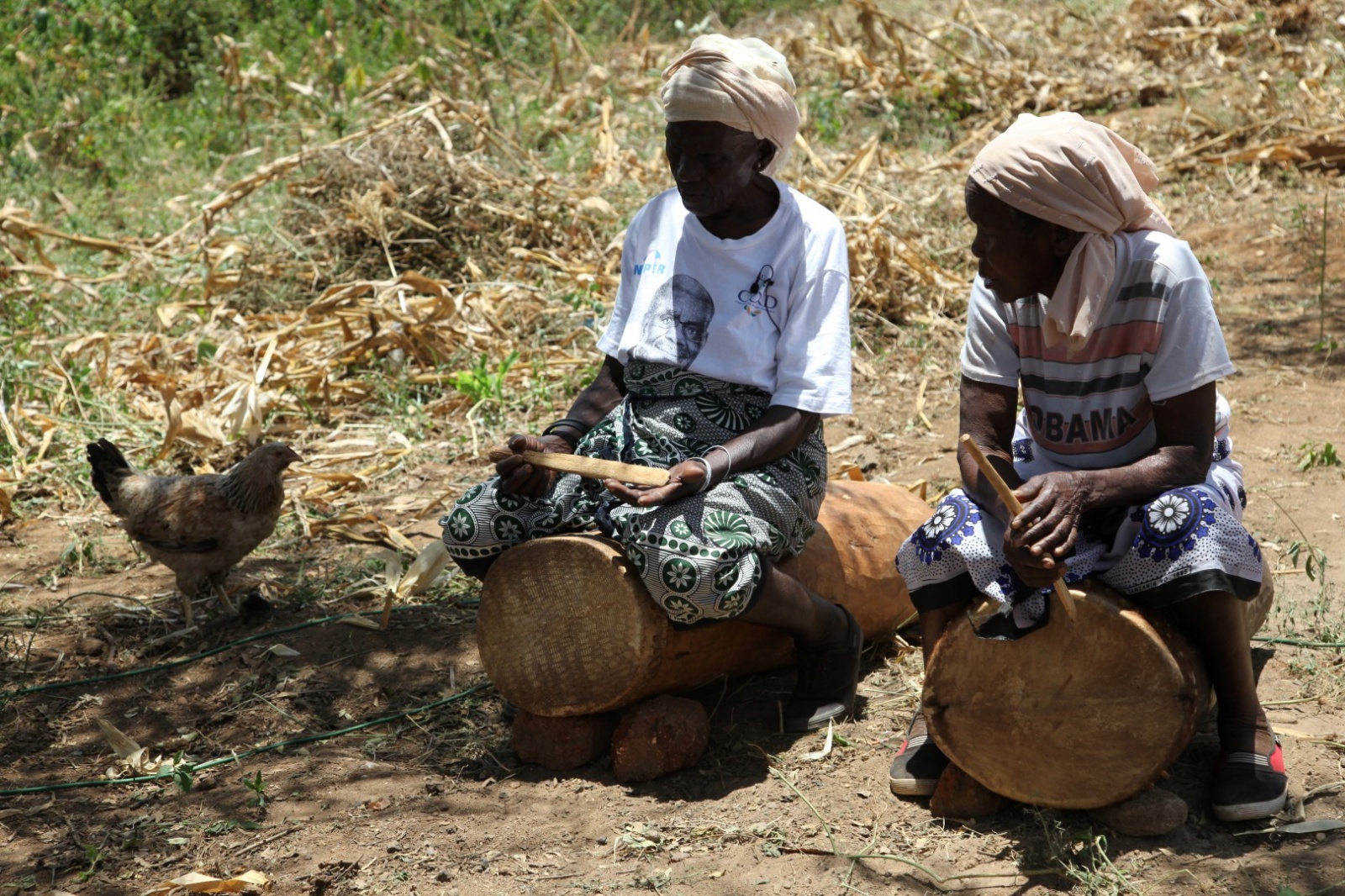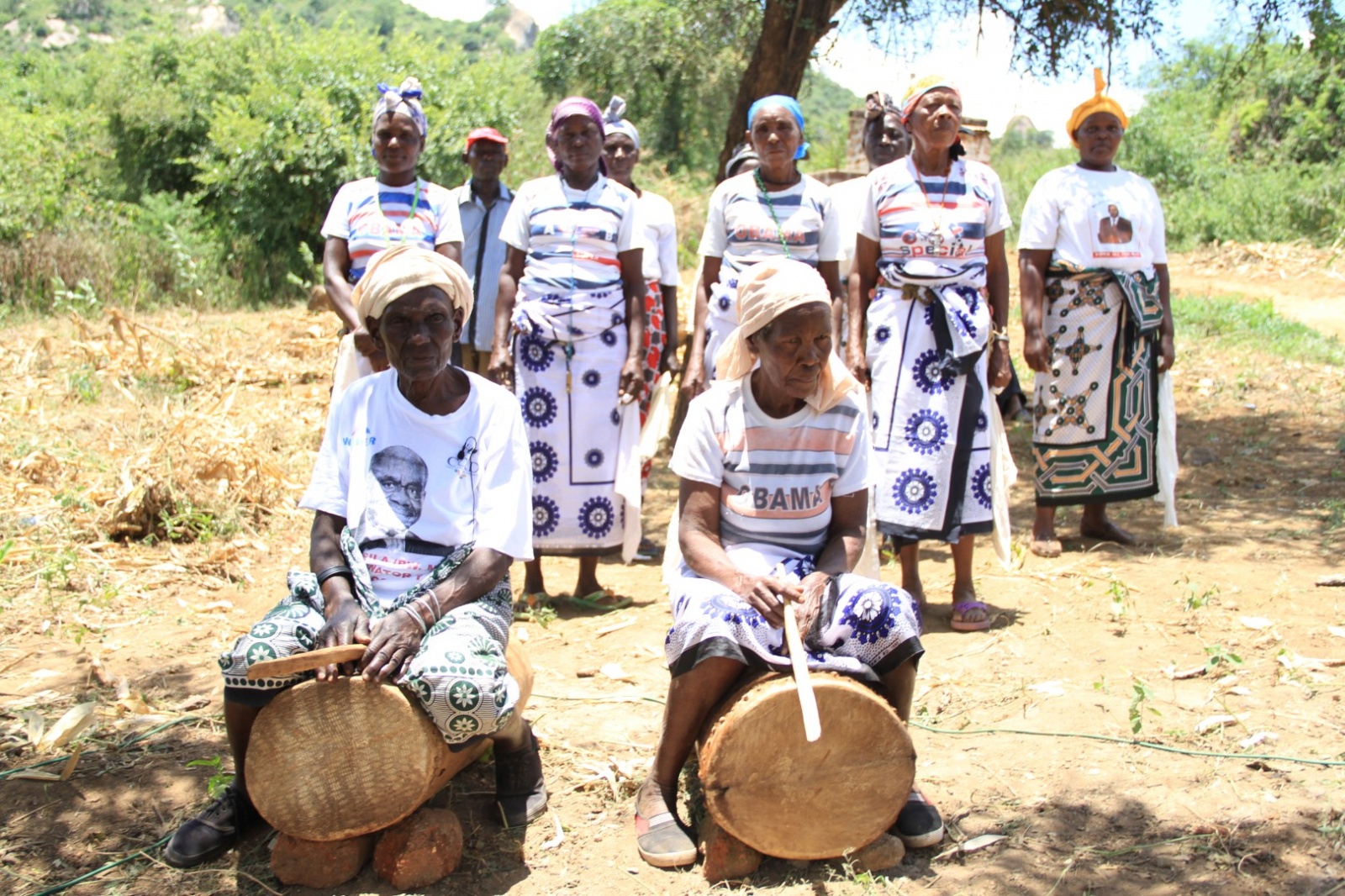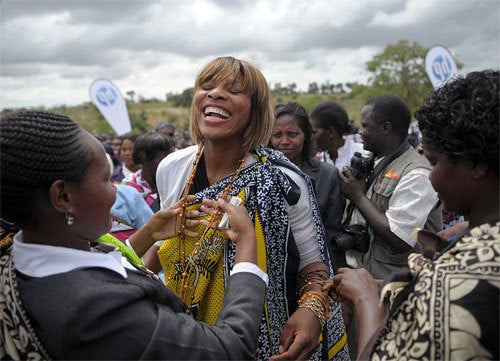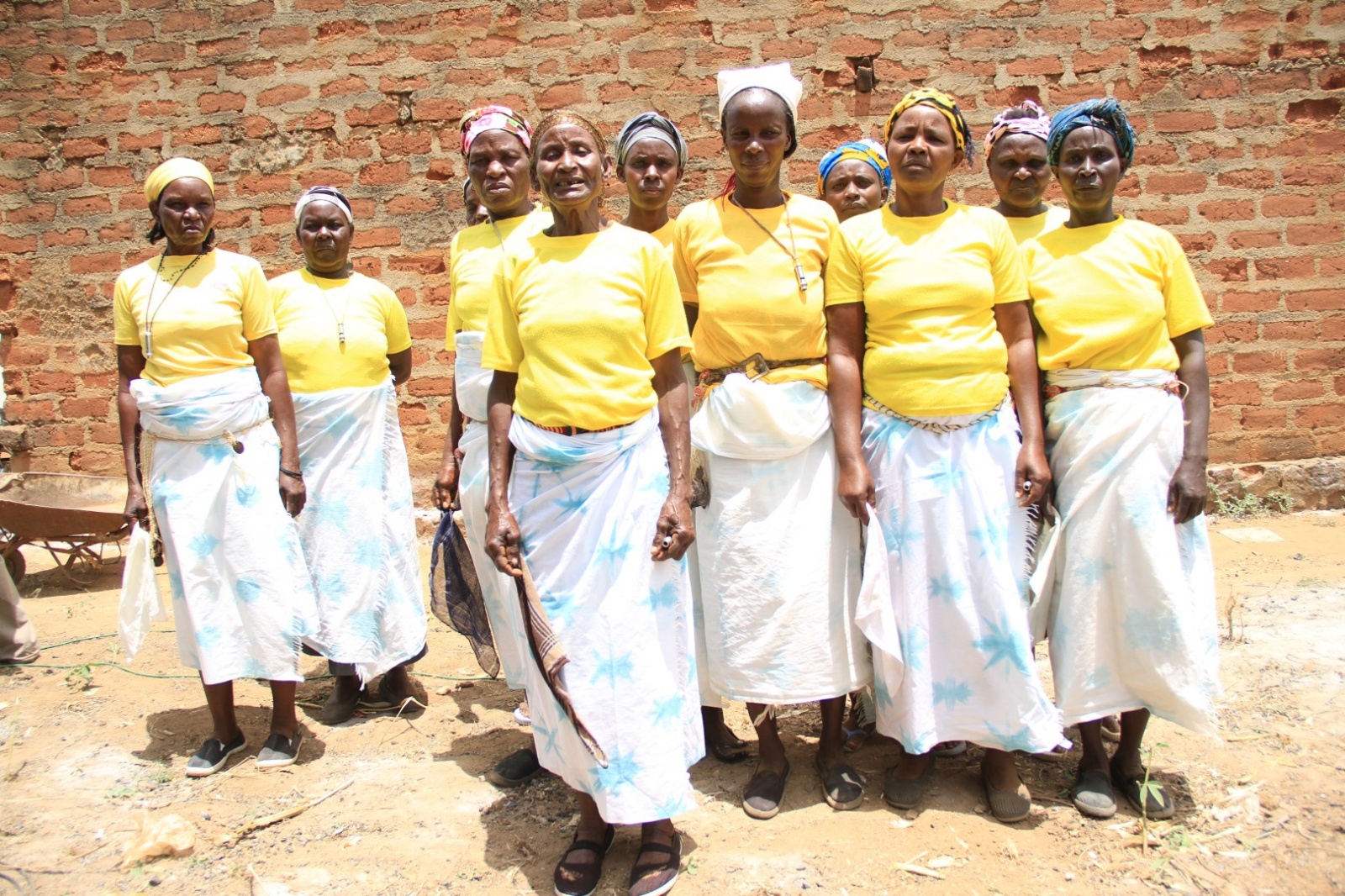Graman Quassi, also spelled Quacy, Kwasi, Kwesi and Quasi (ca. 1690 - ca. 1780) whose real Fanti name from Gold Coast (Ghana) was Kwasimukamba (Kwesi Mukamba) was a Surinamese healer, botanist, slave and later freedman of the 18th century. He was renowned for being "absolutely the first discoverer "of the Quassia tonic. His name Quassi was given to a plant species "quassia" (bitter wood). Quassia amara (Amargo, Bitter-ash, Bitter-wood) is a species in the genus Quassia, with some botanists treating it as the sole species in the genus. Quassia amara is used as insecticide, in traditional medicine and as additive in the food industry.

Kwasi was born in Gold Coast (Ghana), probably on Sunday, as his name Kwasi or Kwesi is a name given to Akan (Fanti) born male child. His name Mukamba was his family name. As a child he was enslaved and brought to the New World. Mukamba as a slave in Suriname, a Dutch colony in South America, unfortunately found himself at the wrong side by participating in the wars against the Saramaka maroons (Africans).
Quassie was named Graman Quassi, which means Great man Kwasi (Quacy) by his admirer and unofficial biographer, Lieutenant John Stedman. Quassi was a scout and negotiator for the Dutch, and he lost his right ear during the fighting. For this reason the Surinamese maroons remember him as a traitor.
But the most important angle of my analysis on Graman Quassi was his success in the field of botany and medicine in which Carl Linnaeus (Carl von Linné) popularly known as "the father of modern taxonomy" and the famous Swedish botanist, physician, and zoologist, who laid the foundations for the modern biological naming scheme of binomial nomenclature- honored him for using the back of Quassia tree in Surinam to cure fever. A discovery that has enabled scientists to use Quassia in medicines like Bitter tonic and vermifuge.
Quassie a slave became a cause celebre: many reports in that era described him as "absolutely the first discoverer "of the Quassia tonic. In Londa L Schiebinger`s celebrated book on plant medicine, entitled "Plants and Empire: Colonial Bioprospecting In the Atlantic world" published in 2004, writes that Quassi is reported to have developed the roots and the back of Quassia plant into a secret remedy against the "fatal fevers" of Surinam. Lieutenant John Stedman, who lived for many years in Surinam, dated this to about 1730. Quassi`s secret medicinal formula was purchased for a considerable sum by Daniel Rolander, one of the Linnaeus` students, who then took it back with him to Europe in 1756. A specimen of the tree from which the remedy comes was presented by Carl Gustav Dahlberg, a Swedish plantation owner in Surinam, to Linnaeus in 1761. Linnaeus immediately published a dissertation that named, described, and provided an illustration of the plant, thus establishing it within European botany.
Shchiebinger (2004) posits that "interestingly, Dahlberg was appalled when Linnaeus commemorated Quassi in the plant`s name, he has hoped for this honor himself." Quassia became a popular "bitter," praised for its efficacy in suppressing vomiting and removing fever, both in the Caribbeans and in the whole of Europe. Experiments by European physicians showed it to be potent as Peruvian bark without any of the barks main side effects (notably diarrhea). Deemed safe and effective, Quassia- used in infusion, extract, or pills- found its place in various European Pharmacopoeia.
White physicians on the ground in Surinam became unhappy for Quassi being given credit for having discovered the drug. The experimentalist Philippe Fermin remarked in 1769 that "this wood has been known for forty years to nearly all the inhabitants of Surinam." Stedman, the military man , however, painted a picture of the "Graman Quacy" as "the most extraordinary black man in Surinam, or perhaps in the world," By his "industry," "artifice," and "ingenuity," Stedman wrote, he obtained his freedom from slavery," and from his healing arts, also "very important subsistence."
From thence Quasi made considerable fortune by cultivating a reputation as a "looco-man" (medicine man/sorcerer), among the slaves and by selling his "obias" (Obeah) or amulets. His concoction made of eggshell and fishbones when used by free African soldiers made them fight like "bull-dogs" for the Dutch. That was what caused his fellow Africans in Surinam to tag Quassi as a traitor.
On top of all these, Stedman continued, Quassi had the good fortune of discovering the bitter that made him famous.
Source:http://bibliodyssey.blogspot.com/2007/08/surinam-slave-trade.html
R. Price. Kwasimukambas gambit. In: Bijdragen tot de Taal-, Land- en Volkenkunde 135 (1979), no: 1, Leiden, 151-169
First-time: the historical vision of an African American people. Richard Price. University of Chicago Press, Sep 15, 2002
Promoting Interest in Plant Biology with Biographies of Plant Hunters. Peggy Daisey. The American Biology Teacher , Vol. 58, No. 7 (Oct., 1996), pp. 396-406

"The Celebrated Graman Quacy", illustration by William Blake in Capt. John Gabriel Stedman, 1796 Narrative, of a five-years' expedition against the revolted Negroes of Surinam. Here Quasi is shown in European dress with gold medal presented to him by the Prince of Orange. Like other Africans celebrated in the Age of Enlightenment, Quassi accommodated to European world in dress, manners and mores.
This image represents copy 2, currently held by the Huntington Library and Art Gallery.
Kwasi was born in Gold Coast (Ghana), probably on Sunday, as his name Kwasi or Kwesi is a name given to Akan (Fanti) born male child. His name Mukamba was his family name. As a child he was enslaved and brought to the New World. Mukamba as a slave in Suriname, a Dutch colony in South America, unfortunately found himself at the wrong side by participating in the wars against the Saramaka maroons (Africans).
Quassie was named Graman Quassi, which means Great man Kwasi (Quacy) by his admirer and unofficial biographer, Lieutenant John Stedman. Quassi was a scout and negotiator for the Dutch, and he lost his right ear during the fighting. For this reason the Surinamese maroons remember him as a traitor.
But the most important angle of my analysis on Graman Quassi was his success in the field of botany and medicine in which Carl Linnaeus (Carl von Linné) popularly known as "the father of modern taxonomy" and the famous Swedish botanist, physician, and zoologist, who laid the foundations for the modern biological naming scheme of binomial nomenclature- honored him for using the back of Quassia tree in Surinam to cure fever. A discovery that has enabled scientists to use Quassia in medicines like Bitter tonic and vermifuge.
Quassie a slave became a cause celebre: many reports in that era described him as "absolutely the first discoverer "of the Quassia tonic. In Londa L Schiebinger`s celebrated book on plant medicine, entitled "Plants and Empire: Colonial Bioprospecting In the Atlantic world" published in 2004, writes that Quassi is reported to have developed the roots and the back of Quassia plant into a secret remedy against the "fatal fevers" of Surinam. Lieutenant John Stedman, who lived for many years in Surinam, dated this to about 1730. Quassi`s secret medicinal formula was purchased for a considerable sum by Daniel Rolander, one of the Linnaeus` students, who then took it back with him to Europe in 1756. A specimen of the tree from which the remedy comes was presented by Carl Gustav Dahlberg, a Swedish plantation owner in Surinam, to Linnaeus in 1761. Linnaeus immediately published a dissertation that named, described, and provided an illustration of the plant, thus establishing it within European botany.
Shchiebinger (2004) posits that "interestingly, Dahlberg was appalled when Linnaeus commemorated Quassi in the plant`s name, he has hoped for this honor himself." Quassia became a popular "bitter," praised for its efficacy in suppressing vomiting and removing fever, both in the Caribbeans and in the whole of Europe. Experiments by European physicians showed it to be potent as Peruvian bark without any of the barks main side effects (notably diarrhea). Deemed safe and effective, Quassia- used in infusion, extract, or pills- found its place in various European Pharmacopoeia.
White physicians on the ground in Surinam became unhappy for Quassi being given credit for having discovered the drug. The experimentalist Philippe Fermin remarked in 1769 that "this wood has been known for forty years to nearly all the inhabitants of Surinam." Stedman, the military man , however, painted a picture of the "Graman Quacy" as "the most extraordinary black man in Surinam, or perhaps in the world," By his "industry," "artifice," and "ingenuity," Stedman wrote, he obtained his freedom from slavery," and from his healing arts, also "very important subsistence."
From thence Quasi made considerable fortune by cultivating a reputation as a "looco-man" (medicine man/sorcerer), among the slaves and by selling his "obias" (Obeah) or amulets. His concoction made of eggshell and fishbones when used by free African soldiers made them fight like "bull-dogs" for the Dutch. That was what caused his fellow Africans in Surinam to tag Quassi as a traitor.
On top of all these, Stedman continued, Quassi had the good fortune of discovering the bitter that made him famous.
Source:http://bibliodyssey.blogspot.com/2007/08/surinam-slave-trade.html
R. Price. Kwasimukambas gambit. In: Bijdragen tot de Taal-, Land- en Volkenkunde 135 (1979), no: 1, Leiden, 151-169
First-time: the historical vision of an African American people. Richard Price. University of Chicago Press, Sep 15, 2002
Promoting Interest in Plant Biology with Biographies of Plant Hunters. Peggy Daisey. The American Biology Teacher , Vol. 58, No. 7 (Oct., 1996), pp. 396-406





















